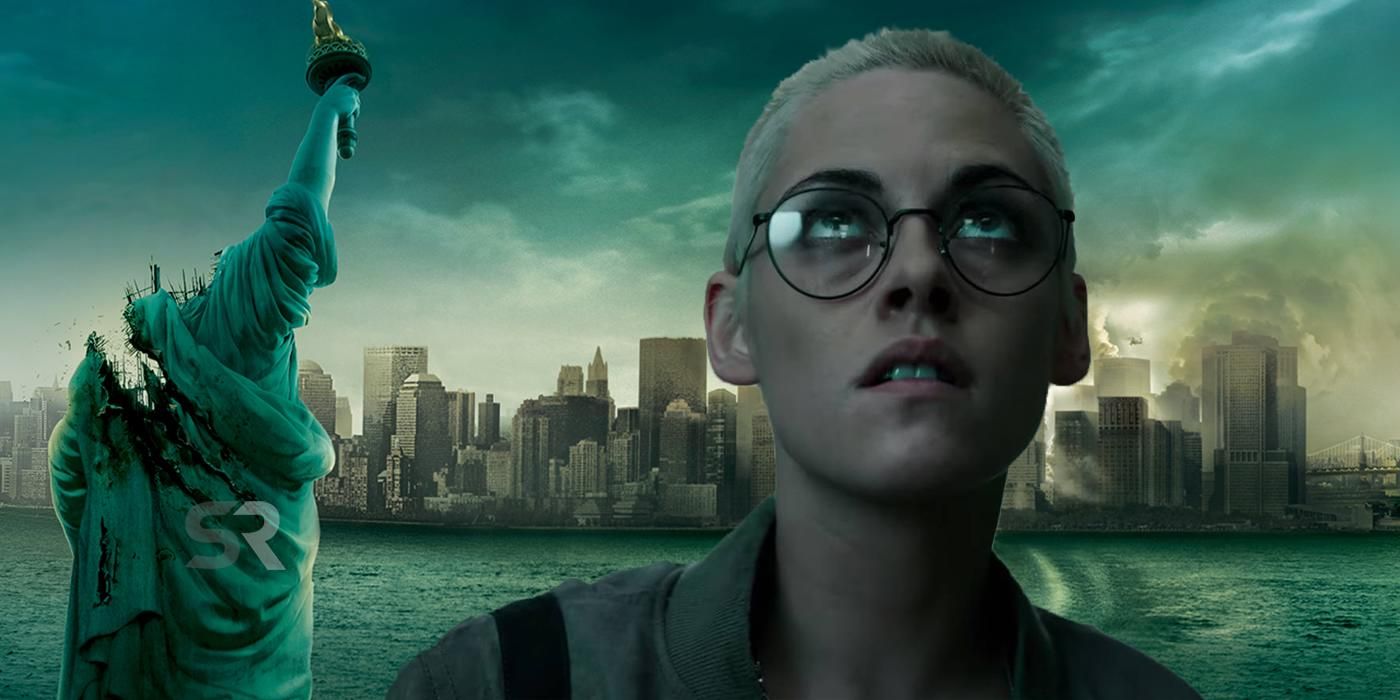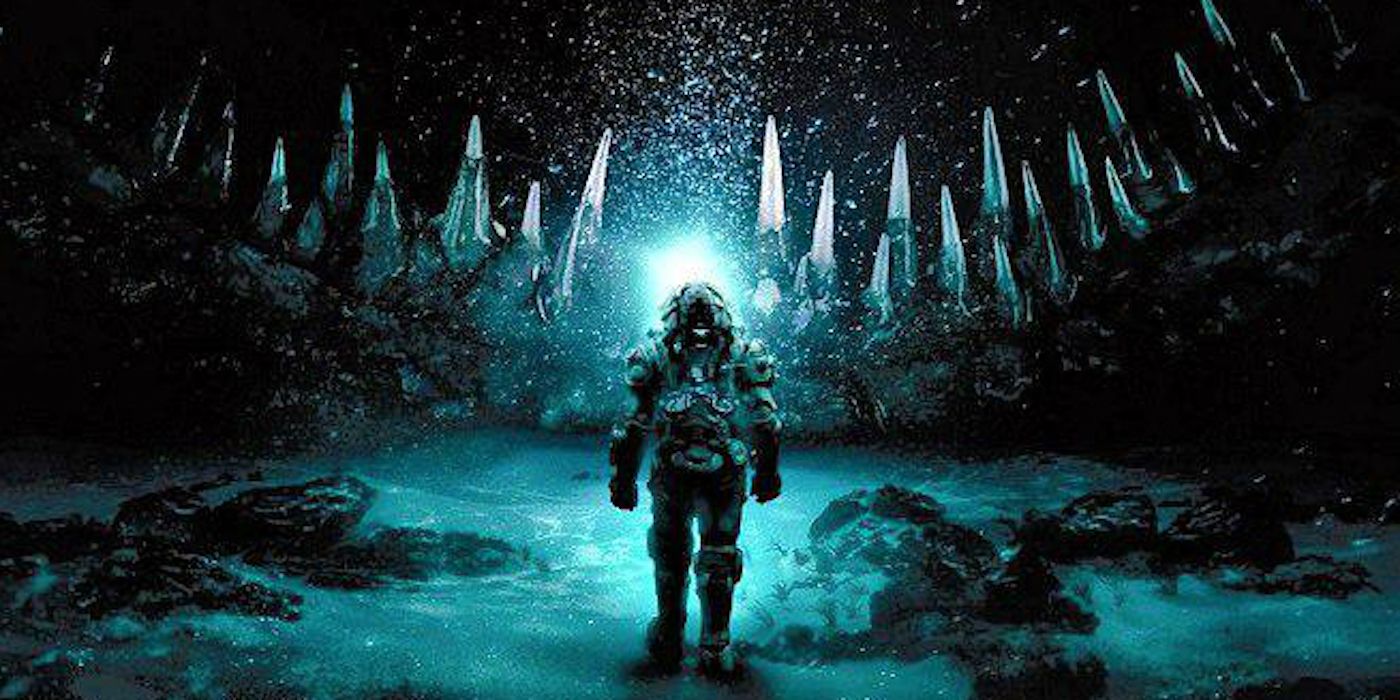
Matt Reeves' 2008 sci-fi horror, Cloverfield, is widely regarded as an excellent creature feature and found footage movie, but its monster - and style - is most perfectly suited for Lovecraftian horror.
With a story by Drew Goddard, Cloverfield played on audiences' fears of a monster invasion much in the same way that Godzilla movies have done in the past. While the creature feature is nothing new, there's a particular sub-set for alien and creature invasions, because it highlights just how vast the universe is and how much humans don't know about. JJ Abrams (Star Trek, Lost) was originally inspired by Kaiju toys that he saw when he was visiting Japan, and the creature itself was inspired by many different animals to cement its unique visage.
Other Cloverfield movies have been dropped on audiences as a surprise because the lore is wide enough to accompany other projects by recalibrating them to fit a Cloverfield story. This is what happened with both 10 Cloverfield Lane and The Cloverfield Paradox. Limited details released about the movies prompted much speculation from journalists, who proposed it could be everything from a follow-up to Lost or even a connection to Voltron. The mystery both behind Cloverfield's creature, known as Clover, and its marketing make the franchise very much worthy of the Lovecraftian descriptor.

While films like King Kong and other giant creature films often want to put the monster front and center, Lovecraftian and cosmic horror play more off of the unknown, and Cloverfield follows in line with this way of thinking, only showing the full creature for mere minutes at the end. Other films, such as The Blair Witch Project have deployed this method of cinematography, which relies on "shaky cam" shots and standout performances from actors to sell the realism of what's happening around them. However, The Blair Witch Project took a minimalistic approach, which simply cannot be done in a movie about a giant, city-smashing monster. Or it seemed unlikely until Cloverfield's release.
In many ways, Cloverfield strikes a happy medium between a huge blockbuster and a small, indie project by utilizing impressive CGI and creature design with more intimate camera angles and found footage horror as its primary genre. H.P. Lovecraft was also very attuned with a style that incorporated an approach that worked harder to tell than show. William Eubank's 2020 aquatic horror movie, Underwater, brought a sleek approach to its movie about scientists on the verge of discovery much like Ridley Scott's Alien did for the sci-fi horror sub-genre back in the 70s.
Both of these could be argued as Lovecraftian horror, as they rely on a slow reveal of its creature and deal in the fear of the unknown; Alien hits this more directly on the nose, as they are out in space for the duration of the film and other films in this show the Ancient One responding to humans awakening them. Eubanks confirmed that his creature in Underwater was one of Lovecraft's most iconic: Cthulhu. The main reason why Cloverfield fits in with all of these other films that are either directly involved or just on the edges of being Lovecraftian is because it proves just how vast and strange the universe can be, with sudden events - like the invasion in Color Out Of Space - happening abruptly, and proving just how insignificant humanity is on a much grander scale.
from ScreenRant - Feed https://ift.tt/39wSh5d





No comments: